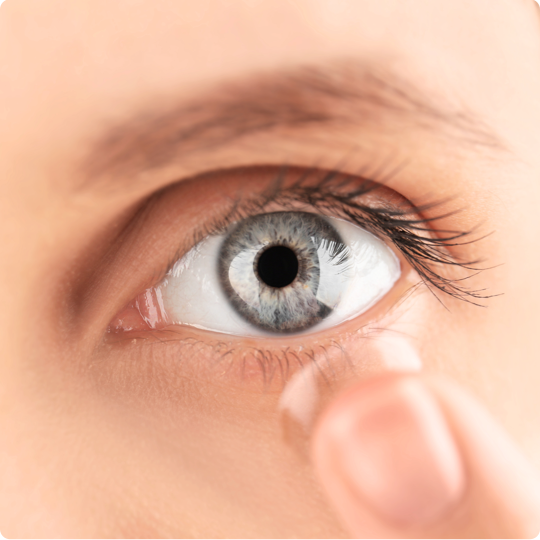Strong Vision is Essential to Your Child’s Success
Experts around the world seem to agree that 80% of learning is visual. Whether it is learning to read or learning to drive, we rely on our eyesight to gather information and develop new skills.
Every parent wants to give their child the necessary tools for success. One of the most important things you can do for your child is to schedule regular eye exams for them. Ensuring their vision is healthy and continuing to develop on track is one major step towards securing a clear future, developmentally, academically, and even socially.











